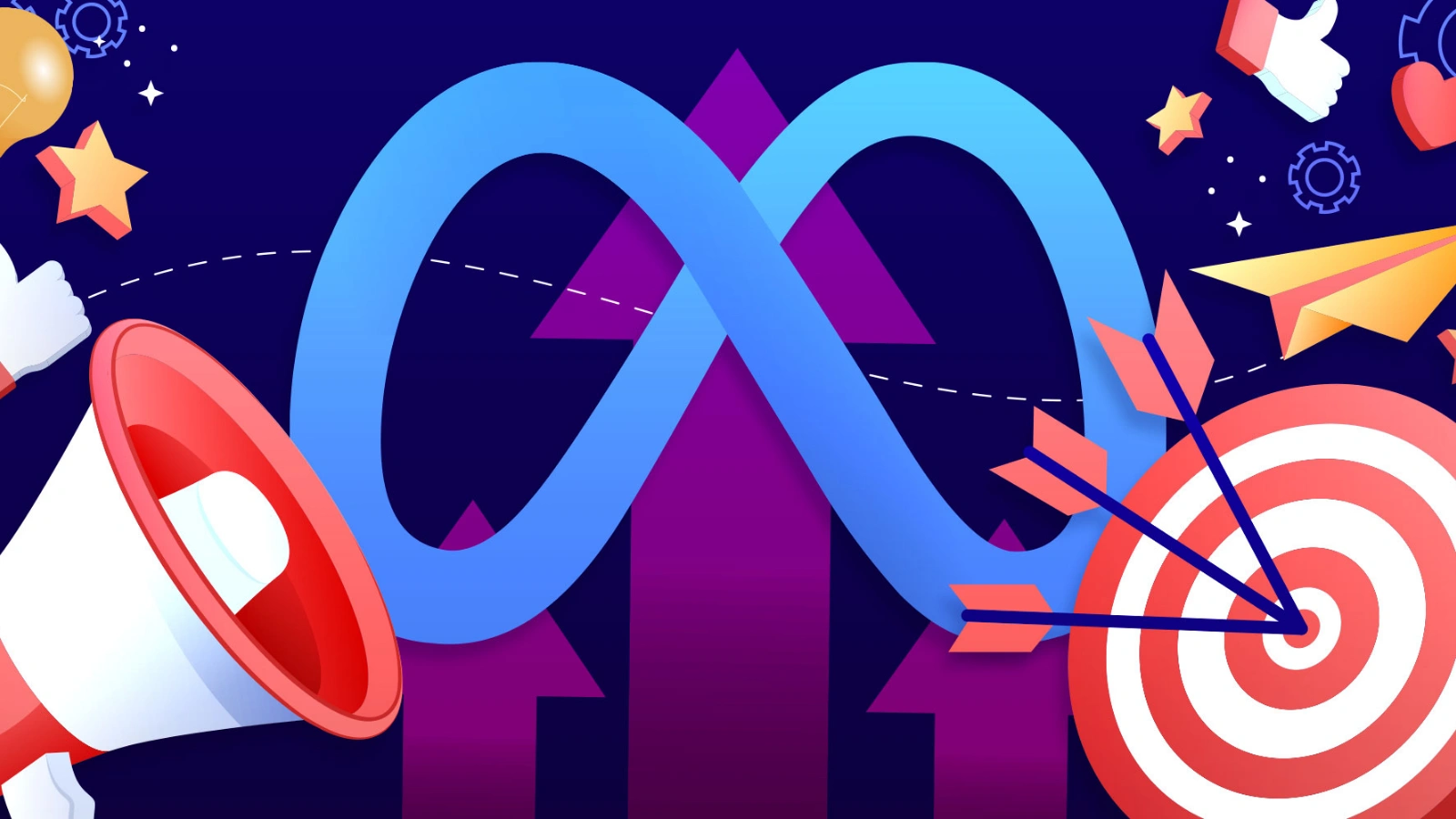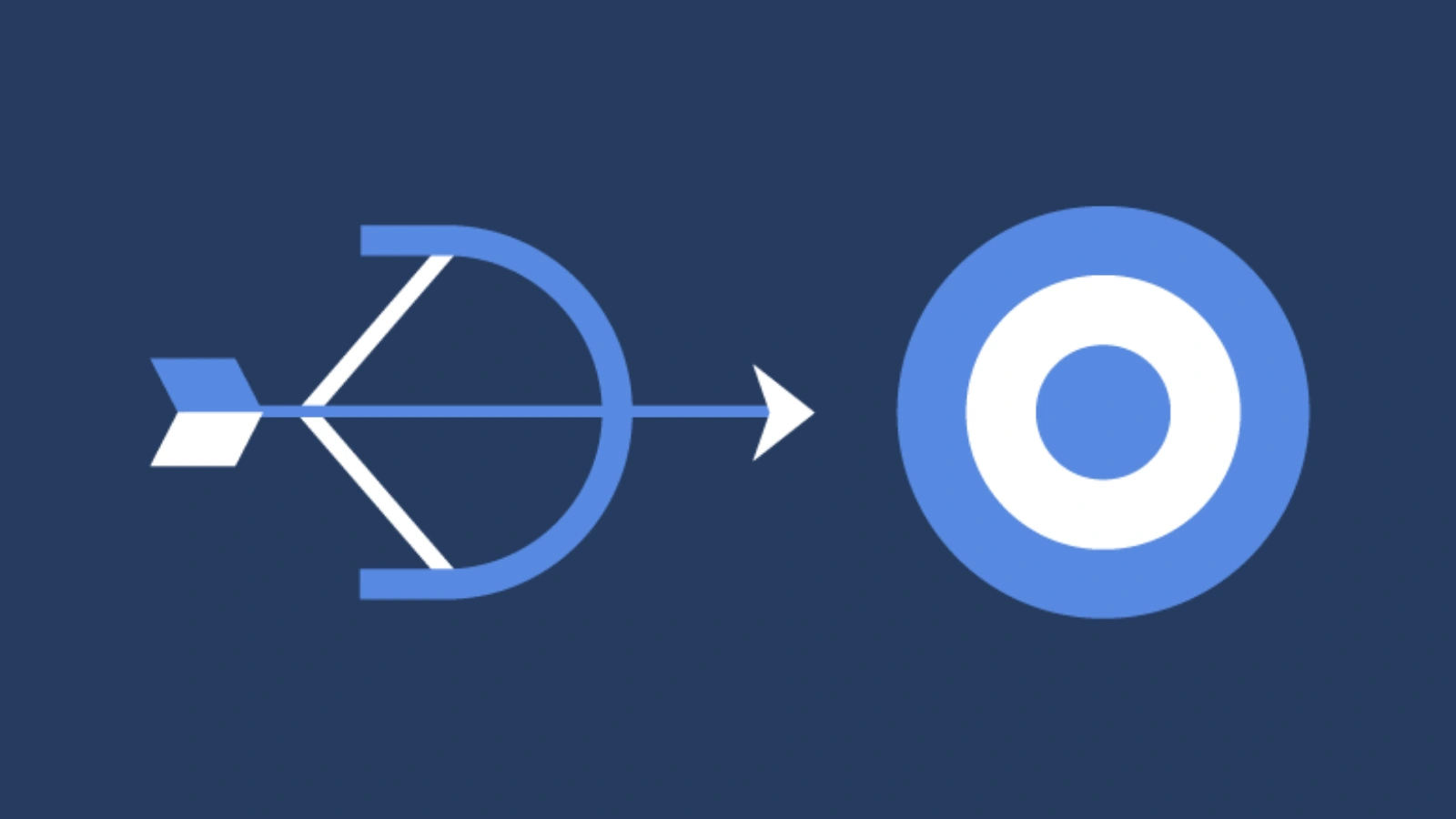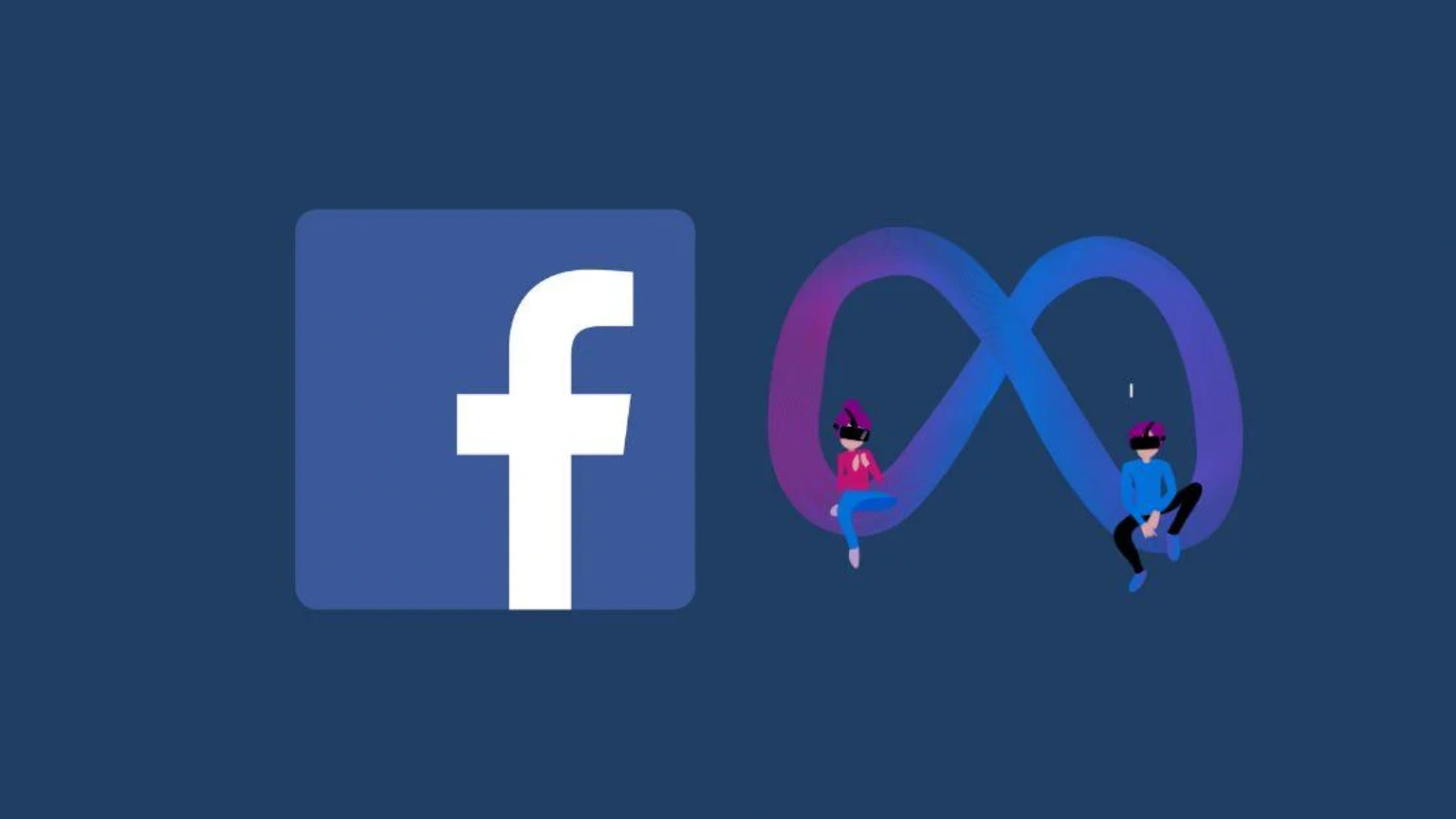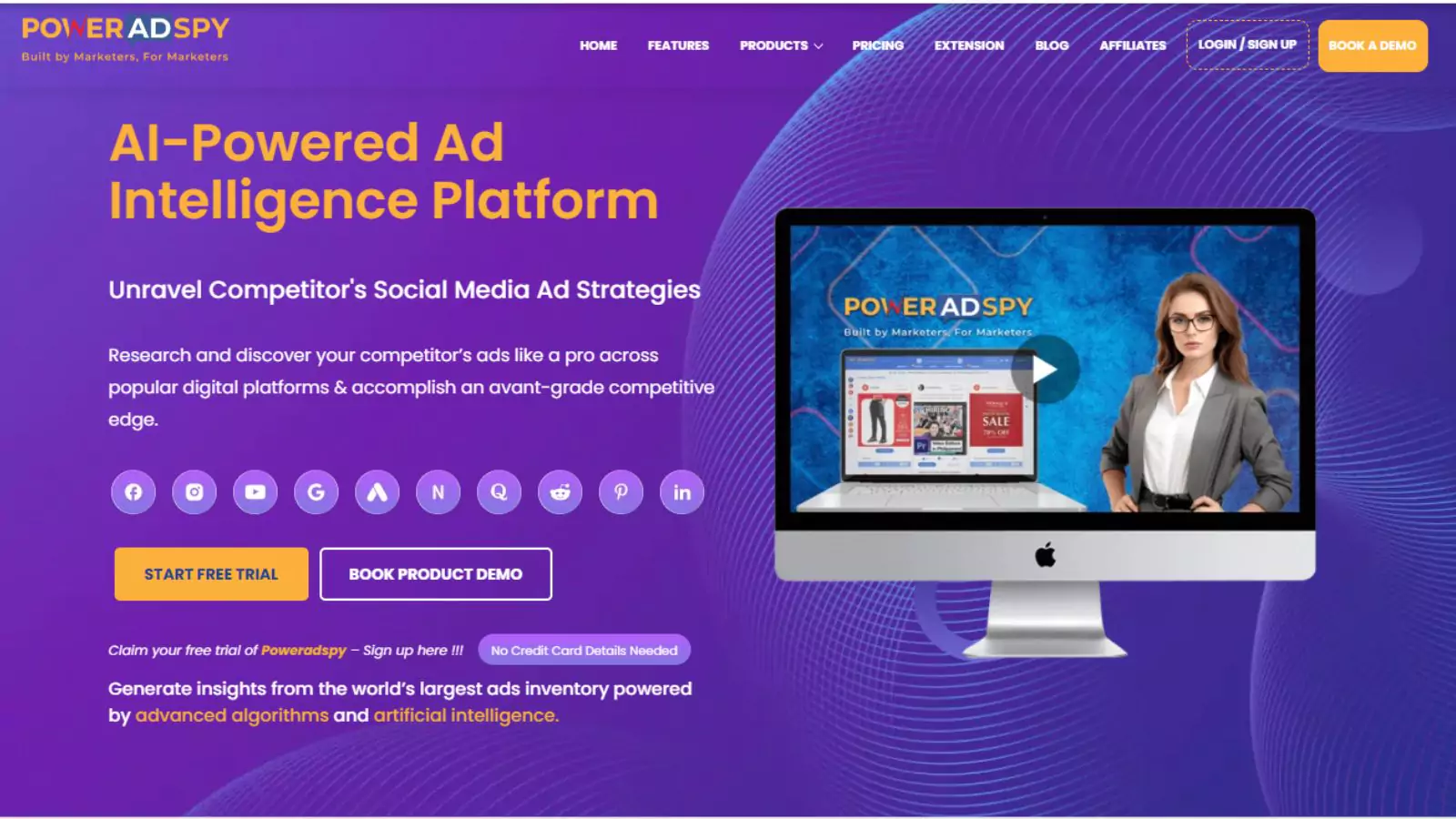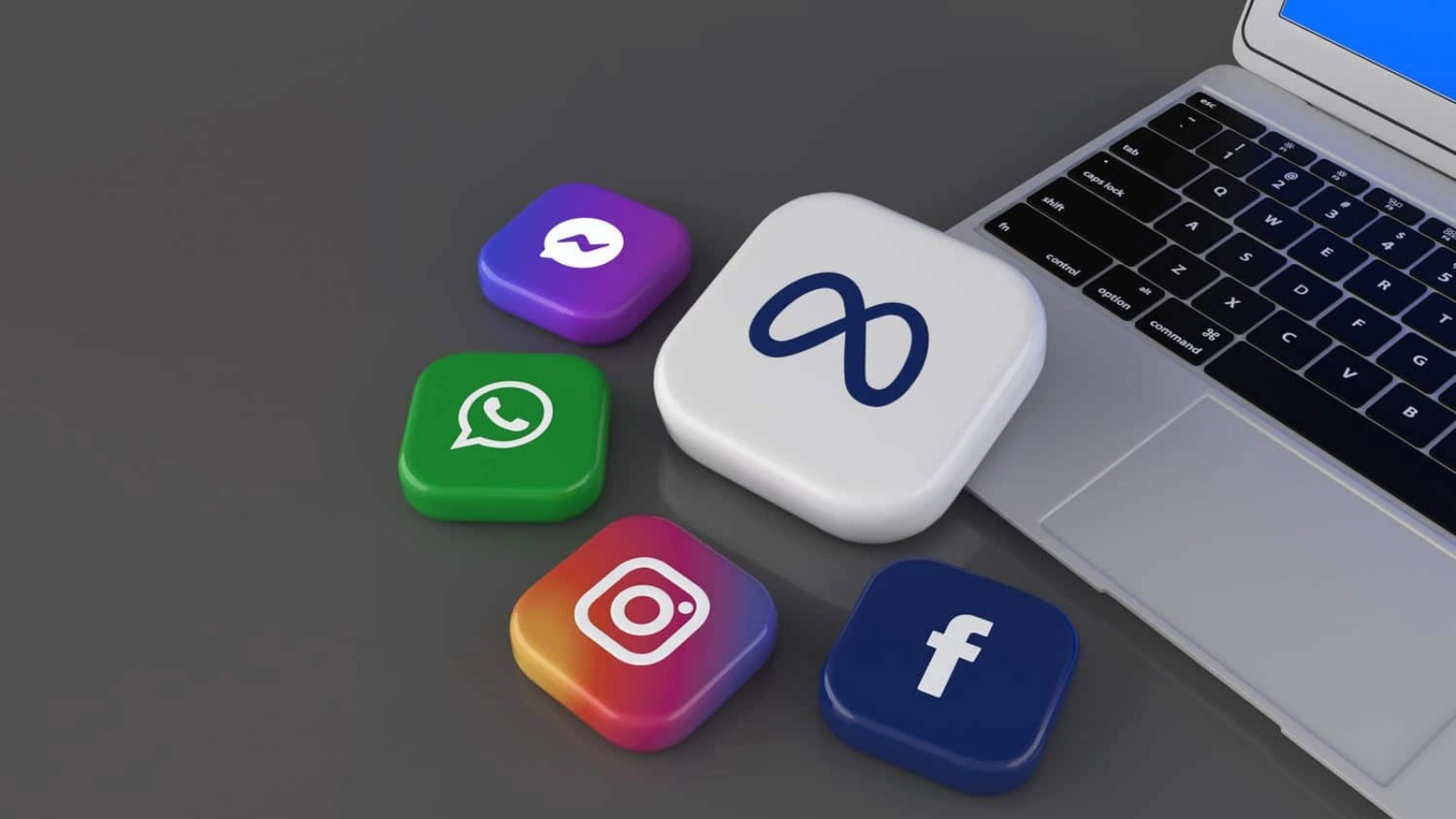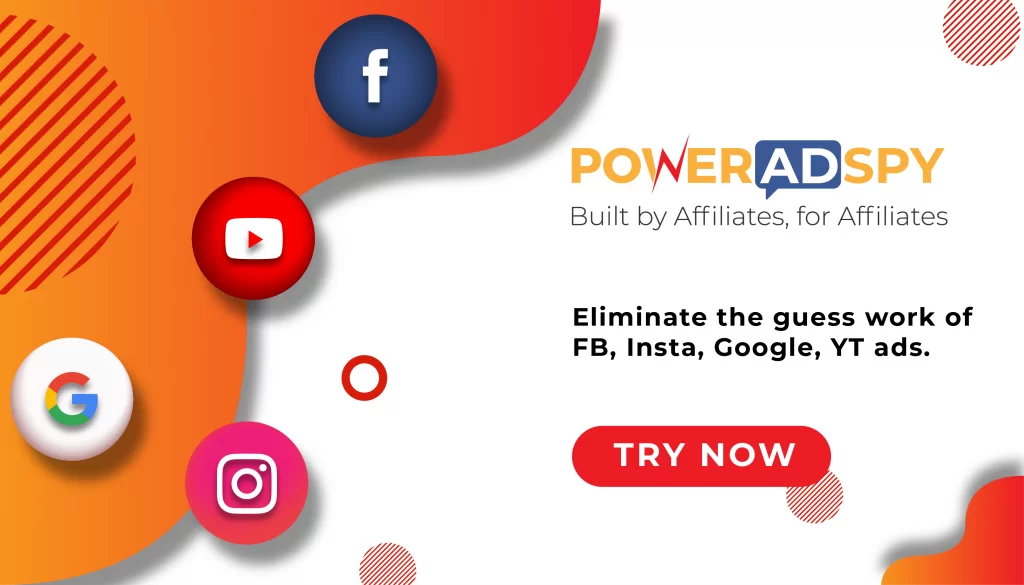How To Launch A Meta Campaign For Maximum ROI In 2025?
Digital marketing moves fast, and keeping up with every platform and trend can be overwhelming. That’s where a meta campaign comes in, a smart way to bring all your marketing efforts together so nothing gets lost in the shuffle. Simply put, it’s a strategy that combines multiple channels, like Facebook and Instagram, into one cohesive plan that actually delivers results.
It helps businesses centralize their advertising efforts, track performance, and optimize budgets efficiently. By integrating insights from various platforms, marketers can enhance brand consistency and reach the right audience at the right time.
In a hurry? Listen to the blog instead!
How Does A Meta Campaign Work?
A meta campaign works by collecting data from multiple ad platforms into a single framework. The process begins with setting campaign objectives, whether it’s increasing brand awareness, generating leads, or boosting sales.
Next, marketers select ad types and targeting options. Platforms like Ads Manager provide powerful tools to set budgets, schedule ads, and monitor campaign performance in real time. Continuous optimization ensures campaigns reach peak efficiency, making this approach dynamic and results-driven.
Why Should Businesses Invest In A Meta Campaign?
Investing in a meta campaign can dramatically enhance a business’s digital presence. Unlike isolated ad campaigns, it allows for precise targeting, seamless integration across platforms, and real-time performance tracking.
By analyzing cross-platform data, marketers can adjust messaging to resonate with different audiences. For instance, insights gained on Instagram can inform strategies on Facebook. This synergy reduces wasted spend and ensures campaigns consistently deliver high ROI.
What Are The Key Benefits Of A Meta Campaign?
These campaigns offer several key advantages, making them an essential tool for today’s marketers:
Centralized Management:
Rather than juggling separate campaigns across multiple platforms, this approach lets you manage everything from a single dashboard. It makes tracking performance, adjusting strategies on the fly, and staying organized much easier.
Better Audience Targeting:
By combining data from different channels, you can identify which segments of your audience are most engaged and tailor your messaging to their preferences. Using resources like the meta ad library, marketers can also study competitor ads, analyze creative patterns, and discover what resonates most with specific demographics. This ensures your campaigns reach the right people at the right time.
Enhanced ROI:
These campaigns help cut down on wasted ad spend by constantly optimizing performance across platforms. By focusing your budget on the channels that perform best, you can boost conversions and make every marketing dollar count.
Cross-Platform Insights:
Insights gained from one platform can inform strategies on others. For example, a successful ad on Instagram can provide ideas for Facebook or TikTok, creating a cycle of continuous improvement.
Scalability:
As your business grows, these campaigns make it easier to scale advertising without losing focus. You can explore new channels, try different ad formats, and reach a wider audience, all while keeping your marketing efforts cohesive and manageable.
These benefits clearly demonstrate why a meta campaign outperforms standalone social media campaigns, offering more control, better results, and smarter growth.
Also Read:
How To Use Meta Ad Library The Right Way In 2025?
How Do You Set Up A Successful Meta Campaign?
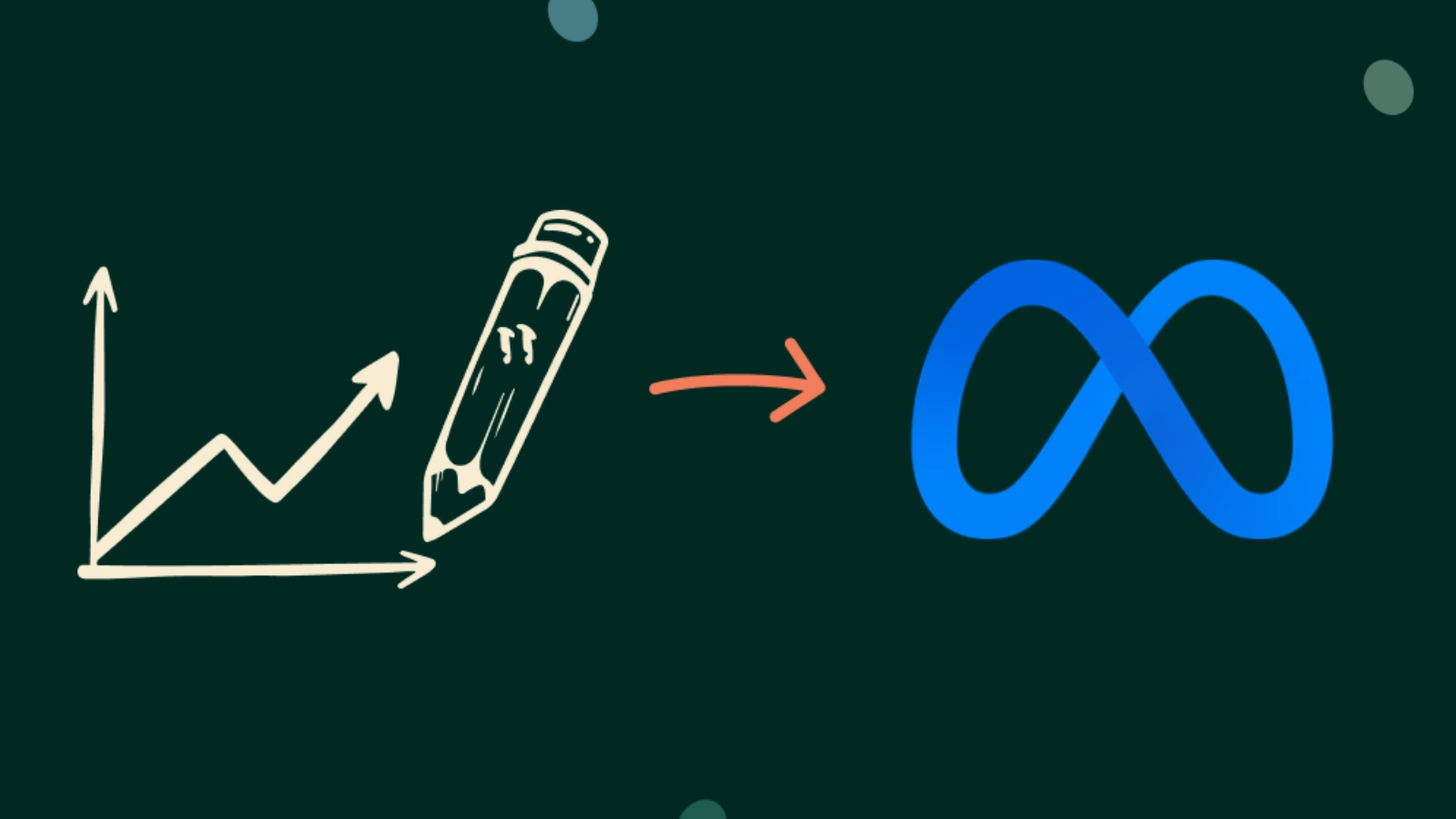
Setting up a campaign doesn’t have to be complicated. Follow these steps to create one that actually delivers results:
1. Define Your Goals:
Start by being clear about what you want to achieve. Are you looking to generate leads, boost product sales, increase brand awareness, or drive website traffic? Your objectives will guide every decision in your campaign.
2. Identify Your Target Audience:
Use demographics, interests, behaviors, and previous engagement data to pinpoint the people most likely to respond to your ads. The more specific your audience, the more effective your campaign will be.
3. Plan Your Creative Assets:
Create high-quality visuals and engaging copy that resonate with your audience. Use a consistent tone and style across all platforms to maintain brand identity. Selecting the right meta ad format, such as carousel, video, or collection ads—also makes a big difference in how your message is received.
4. Set Up Ads in Meta Ads Manager:
Use Meta Ads Manager to design your campaign, choose ad placements, set budgets, and schedule your ads. This tool helps you streamline your campaigns across Facebook, Instagram, and other channels.
5. Conduct A/B Testing:
Test different versions of your ads to see which visuals, copy, ad placements, and meta ad formats perform best. A/B testing allows you to optimize campaigns for maximum engagement and conversions.
6. Monitor and Optimize:
Regularly track your campaign performance. Adjust targeting, budgets, or creatives based on real-time data to ensure your campaign stays effective and ROI remains high.
Following these steps ensures your meta campaign is well-structured, measurable, and capable of delivering the results your business needs.
Which Meta Ads Campaign Types Should You Consider?
When planning your campaign, it’s important to select the right ad types for your goals. Options range from brand awareness to engagement, lead generation, and conversion campaigns.
For example, a conversion-focused campaign drives product purchases, while an engagement campaign encourages likes, shares, and comments. By choosing the right type, your campaign aligns perfectly with your business objectives.
Also Read:
How To Leverage Meta Ad Formats For High ROI?
How Can Meta Ads Manager Help Optimize Your Campaign?
Meta Ads Manager is a powerful tool that helps marketers get the most from their campaigns. Here’s how it can make a real difference:
1. Centralized Campaign Management:
Plan, create, and manage all your campaigns from a single platform, covering Facebook, Instagram, and other Meta-owned channels.
2. Real-Time Performance Monitoring:
Track how your ads are performing in real time, allowing you to spot trends, issues, or opportunities instantly.
3. Audience Insights:
Access detailed data on your audience’s demographics, behaviors, and interests. This helps you refine targeting to reach the most relevant users.
4. Budget Control:
Set and adjust budgets efficiently across campaigns to ensure optimal ad spend and reduce wasted resources.
5. Detailed Analytics and Reporting:
Analyze performance metrics like impressions, clicks, conversions, and ROI. These insights allow you to make data-driven decisions for better results.
6. Optimization Tools:
Use features like A/B testing, automated rules, and bid strategies to continuously improve ad performance without manual guesswork.
7. Scheduling Flexibility:
Plan and schedule your ads to reach your audience at the most effective times, maximizing engagement and conversions.
Using Meta Ads Manager ensures your campaign is well-managed and continuously optimized, delivering measurable and sustainable results.
What Role Does Facebook Ad Manager Play In A Meta Campaign?
Facebook ad manager is crucial for any Meta campaign that involves Facebook or Instagram advertising. It offers advanced targeting, real-time reporting, and precise budget control.
By tracking metrics like clicks, impressions, and conversions, marketers can optimize their campaigns for maximum impact. Insights from Facebook Ads Manager also help guide creative decisions, ensuring your ads connect with the right audience.
Also Read:
A Comprehensive Guide to Instagram Advertising
How Can Instagram Ad Spy Improve Your Meta Campaign Strategy?
Using tools like Instagram Ad Spy, marketers can study competitor campaigns to spot high-performing ads and strategies. These insights are invaluable for refining targeting, visuals, and messaging in your own campaigns.
However, to take competitor research even further, consider integrating PowerAdSpy. This tool allows you to track successful ads across multiple platforms, uncover hidden niches, and analyze engagement patterns. By combining Instagram Ad Spy insights with PowerAdSpy, you can make smarter, data-driven decisions that enhance your meta campaign performance.
How Can PowerAdSpy Elevate Your Meta Campaign Performance?
Running a successful meta campaign requires more than creativity; it demands precise data, competitor insights, and actionable analytics. PowerAdSpy is a leading social ads analytics tool that helps marketers identify winning campaigns, uncover hidden opportunities, and optimize strategies efficiently.
Key Features of PowerAdSpy for Meta Campaigns:
- Filter By Ad Positions: PowerAdSpy lets you filter ads by placement, like News Feed or side locations. This helps marketers see which positions drive the most engagement and conversions, so campaigns can focus on the most effective spots.
- Complete Visibility: With PowerAdSpy, you can access live ad posts directly from the platform. This feature gives you a clear view of audience reactions, comments, and engagement, enabling you to understand how people perceive ads and which creative elements work best.
- Data From Millions of Ads: The platform collects millions of ads from over 100 countries, creating a huge library of examples. This helps marketers spot global trends, discover niche opportunities, and draw inspiration from top-performing ads to improve their own campaigns.
- Narrow Down Searches: PowerAdSpy enables precise searches by keywords, competitor names, or domains. This ensures that you can quickly find ads relevant to your niche, analyze your competitors’ strategies, and adapt the best ideas to your own campaigns.
- Engagement-Oriented Details: The platform offers detailed insights into social interactions such as likes, shares, and comments. These metrics reveal which ads resonate most with audiences, making it easier to replicate the elements that drive the best results in future campaigns.
- Geo-Targeting & CTA Analysis: The tool reveals which geographic regions respond best to specific ads and highlights the most effective calls-to-action (CTAs). This makes it easier to target the right audience and encourage the actions that matter most.
By leveraging PowerAdSpy, marketers running a meta campaign can reduce guesswork, make data-driven decisions, and consistently optimize their campaigns for higher engagement and ROI. It essentially turns insights into actionable strategies that give your campaigns a competitive edge.
How Can Meta Ads Campaigns Improve ROI?
A well-executed meta campaign can significantly improve ROI by ensuring that ad spend reaches the right audience. Advanced targeting helps deliver your ads to users who are most likely to engage or convert, reducing wasted spend.
A/B testing allows marketers to compare different creatives, copy, and placements to see what works best. By continuously optimizing based on these insights, campaigns remain efficient and effective.
Competitor analysis using tools like Facebook Ad Spy and PowerAdSpy offers valuable insights into winning ads, engagement trends, and proven strategies. Marketers can adapt these tactics to strengthen their own campaigns.
By combining precise targeting, ongoing testing, and competitor-driven insights, you can achieve higher conversions and better ROI. This approach makes your marketing efforts more data-driven, measurable, and results-focused.
What Common Mistakes Should You Avoid In A Meta Campaign?
Even the best meta campaigns can underperform if certain pitfalls are overlooked:
- Ignoring audience insights or behavioral data.
- Overusing the primary keyword or repetitive messaging.
- Neglecting continuous optimization.
- Using low-quality creatives.
Avoiding these mistakes helps keep your campaign strong, effective, and focused on delivering the best ROI.
How Do You Optimize A Meta Campaign For Maximum Impact?
Optimization is a continuous process that keeps your campaign performing at its best. Some key steps to maximize impact include:
- Regular Performance Reviews: Monitor metrics like click-through rates, impressions, conversions, and engagement to identify which ads are performing well and which need improvement.
- Refine Targeting: Continuously adjust audience segments based on demographics, interests, and behaviors to reach the most relevant users.
- A/B Testing: Experiment with different ad creatives, copy, headlines, and placements to discover which variations drive the highest engagement and conversions.
- Retargeting Campaigns: Re-engage users who have interacted with your ads but didn’t convert, improving overall campaign efficiency.
- Budget Adjustments: Allocate more budget to high-performing ads and reduce spend on underperforming ones to maximize ROI.
- Creative Optimization: Update visuals, videos, and messaging based on audience response to keep the campaign fresh and appealing.
By systematically following these steps, your meta campaign can maintain high engagement, improve conversions, and achieve measurable results.
What Future Trends Will Affect Meta Campaigns?
Digital marketing trends such as AI-driven targeting, shoppable content, and immersive video ads are shaping the future of online campaigns. Staying on top of these trends helps keep your marketing efforts competitive and relevant.
By using advanced analytics tools like PowerAdSpy and keeping track of evolving social media trends, marketers can future-proof their campaigns for long-term success.
Conclusion
A meta campaign offers a strategic, data-driven approach to digital advertising. By centralizing management, leveraging insights, and continuously optimizing, businesses can improve engagement, ROI, and brand presence.
Tools like Meta Ads Manager, Facebook Ad Manager, Facebook Ad Spy, Instagram Ad Spy, and PowerAdSpy make campaigns smarter, faster, and more efficient. For marketers looking to achieve measurable results in today’s competitive digital landscape, a well-planned campaign isn’t just a strategy, it’s a game-changer.
FAQs
1.What is the ideal budget for running a meta campaign?
The ideal budget depends on your objectives, audience size, and ad placements. Start with a test budget to analyze performance, then scale up based on results to maximize ROI.
2. How often should a meta campaign be updated?
Campaigns should be reviewed and optimized at least once a week. Regular updates to creatives, targeting, and bidding strategies help maintain engagement and boost conversions.
3. Can small businesses benefit from meta campaigns?
Yes, these campaigns are scalable and work for businesses of all sizes. Even small businesses can take advantage of cross-platform targeting and performance tracking to reach their audience effectively.


